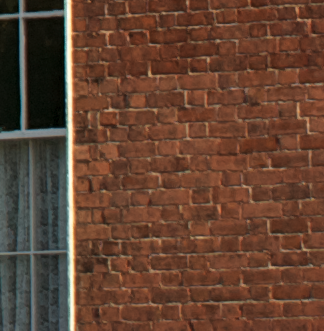Sigma 70-210 f/2.8 EX DG OS HSM (Nikon) Real World Review
A little preamble....
With so many reviews out there pretty much doing the same thing - a pointless progression of charts and tiny thumbnails showing iso performance that are essentially useless - I have decided to try and do a more realistic report for those of you trying to make your minds up as to whether or not you want to buy this lens. It is going to be a “real world” review. I'm not going to have test charts or response curves. I'm not going to do a clinical analysis of image quality. Why? Because at the end of the day, what matters is how this lens is in use, how it performs on actual subjects and what the results are like. If you make all your decisions based on charts and graphs, then I'm afraid this is not the review for you. So, without any further distractions, let's get to it.
This was reviewed using a Nikon D700. As this is a full frame camera, you may notice some differences if you use this on a DX format cropped sensor.
The lens...
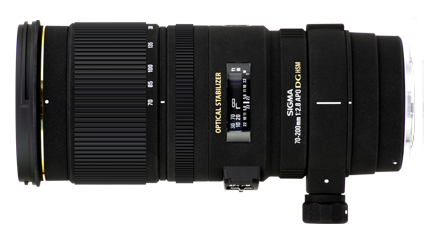
The "70-200 f2.8 EX DG OS HSM" to give it its full official title, is certainly a mouthful of a product name. It's a pro level (more on that later) telephoto lens with a maximum aperture of f/2.8 and optical stabilisation (the os part of the name). It's Sigmas flagship telephoto lens designed to compete with similar offerings from Nikon and Canon, with one notable exception: it is substantially cheaper. Before I get any further I think it's important to bear the price in mind. This lens is about half the price of similar lenses from the main manufacturers. For example, B&H in New York currently list this lens for $1399. Nikon's 70-200 goes for $2397. You really need to remember that as we discuss the ins and outs of it.
Physically it is a heavy and very sturdy lens. Its exterior is made from hard plastic and has rubberised zoom and focus rings. The overall feel of the lens is one of a very sturdy and solid piece of engineering. It has a definite pro feel to it and it has, in my opinion, a substantially better build quality than Nikons simirlarly priced semi pro lenses such as the 24-120 f4 (Currently $1297). While it has a plastic outer shell, it doesn't feel like a “plastic” product. The zoom and focus rings are as smooth yet they have a solid feel and just the right amount of resistance. The focus ring doesn't slip either. When you turn it, the mechanism turns immediately and it's not like some cheaper lenses which turn a fraction of degree or two before they "catch" the internals. The only cheap feeling part of the package is the supplied lens hood. It does feel like cheap plastic, but it does the job.
There is also a tripod collar which comes off pretty easily, but is sturdy and solid when mounted on the lens. It is a big lens too, but not quite as big as its Nikon counterpart. Still, if you are used to consumer lenses you'll be in for a shock at the size and weight. On the other hand, if you're a pro, this won't be a big deal, and in fact may seem light to you.
In use....
So what is it like to use?
Leaving aside image quality, which I will discuss in detail in a minute, the lens is a joy to use. It's reasonably fast and it has a nice balance when mounted on my d700. The weight makes framing easier than using a lighter optic because it is easier to hold steady. As it is a 2.8 lens, when looking through the viewfinder the image is nice and bright. This can make a big difference, especially on dull days or in poor lighting. The stabilisation helps considerably when framing shots while hand holding, as it makes it much easier to get your subject into the right part of the frame, especially when your subject is at a reasonable distance. I'd be hard pressed to rate the optical stabiliser as either better or worse than competing systems. In usage it feels about the same as stabilised lenses I've used from canon or Nikon. If you were to make the choice between the stabilised and non stabilised version I would always go with the stabilised version. If nothing else it makes framing shots handheld much easier.
The lens has an internal motor so it will work on newer low end cameras which don't have the autofocus motor built into the camera. Focus speed is average. It's not wickedly fast but it's not particularly slow either. Like I said, average.

I had no problem getting this shot which is pretty much in focus and it was a fairly dull day too. There is slight blurring but that is due to too low a shutter speed and motion - but you get the idea.
Image quality...
Ok, now to the most important part: are the images any good? For the most part they are superb. Images are very sharp, and sharp across the frame. Well, that is providing you stop down a few stops. There is some softness at 2.8 and some blooming, but this is largely gone by f4. At f4 this lens is as sharp as any I have used.

Here's an example of an image shot at f/2.8
And at 100%….
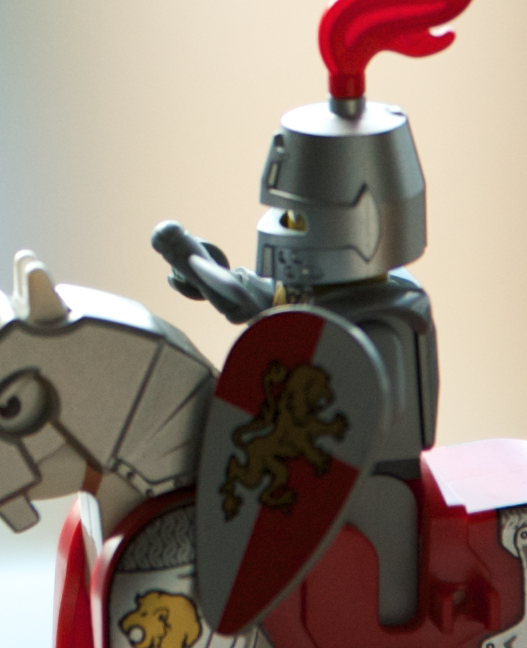
As you can see - it's not bad, but it's not perfect.
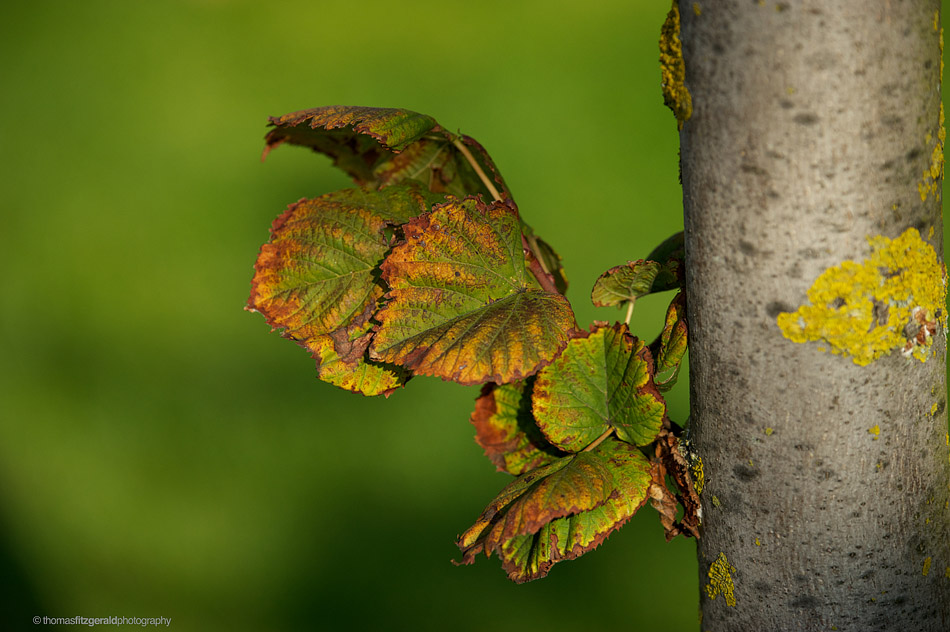
Shot at f/4
And at 100%….

As you can see - pin sharp. And, I have not applied sharpness either.
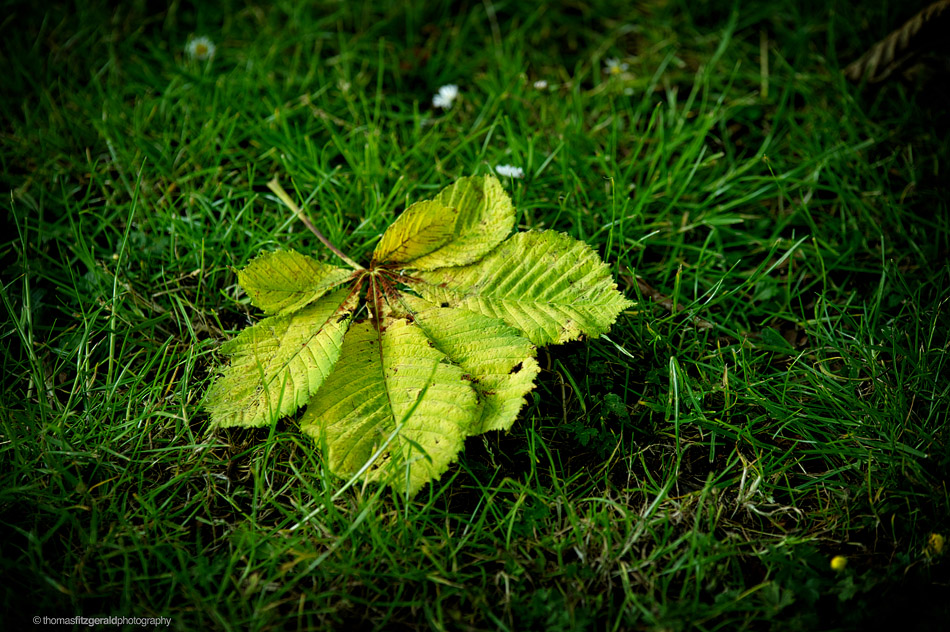
In case you are worried, the vignette was added in post!
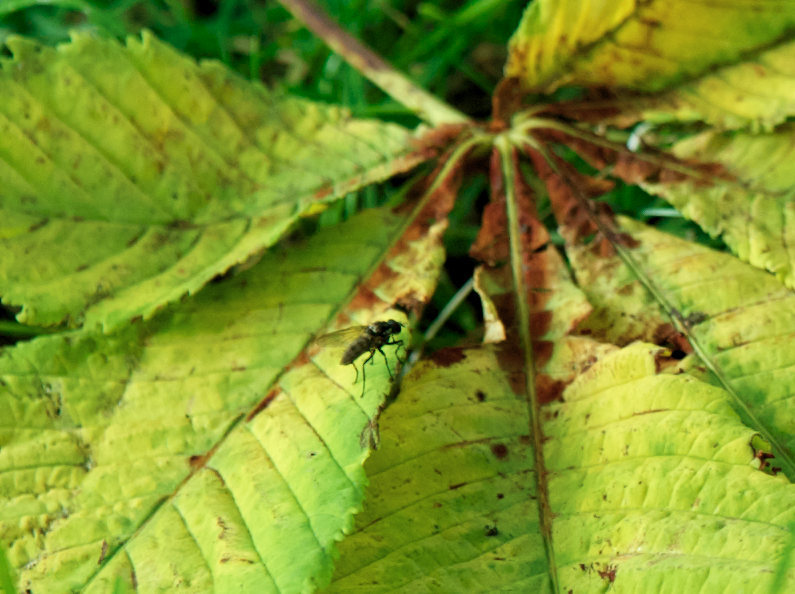
Again, here it is at 100% - Pin sharp.
The sharpness seems to increase a little all the way to f8 and then there isn't much change till about f/11. There's some fall off by the time you get to f22 but its not as much as I've seen on some lenses. The sweet spot is definitely in the f/4 to f/8 range.
Here's an example at f/8....
Corner sharpness is generally good. I haven't noticed any major issues. Here's the bottom right of the image above...
Contrast and colour rendition are superb. The lens produces wonderfully rich, strong and punchy images. I absolutely love the look of the shots I get from this lens. Just a quick point of note, for those who are relatively new to photography or the technical side of photography: some people don't realise that things like contrast and saturation are actually affected by the quality of a lens, and there's a certain popular website out there which is full of these erroneous claims, but it absolutely does. The quality of a lens isn't just limited to sharpness. (that same site also makes the claim that sharpness is less to do with thee lens and more the user - so you can see the problem). The various coatings and quality of the materials used in a lens construction all serve to create unique qualities as to how the light transmits through the frame, and while sometimes subtle, these translate to the picture.
Images have a wonderful smooth tonality that I really think is beautiful in and of itself. But don't take my word for it - use your own eyes...

Not the greatest shot in the world photographically, but the colour rendition and smoothness of the gradation is gorgeous - look at the glass on the front of the bus.
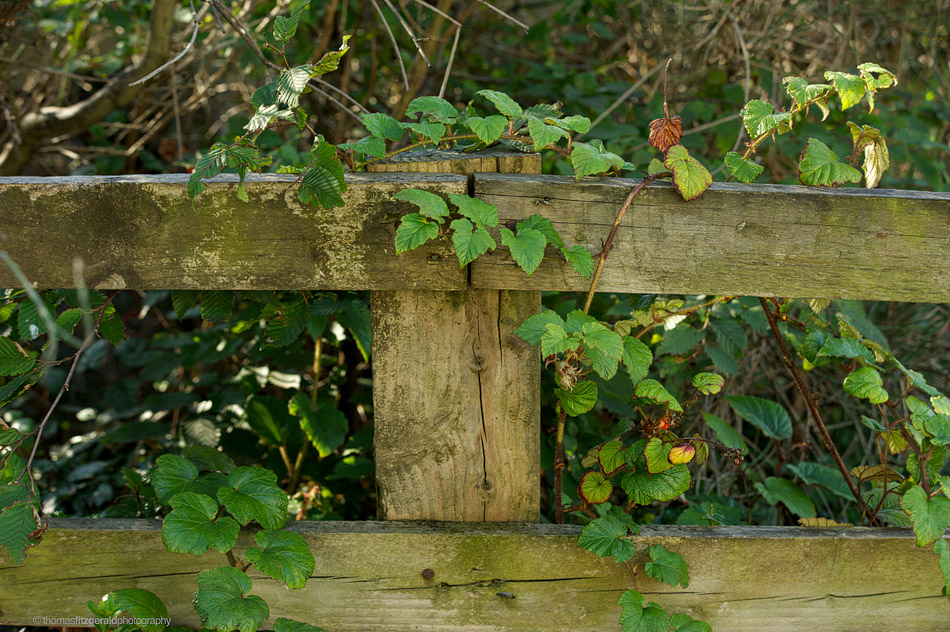
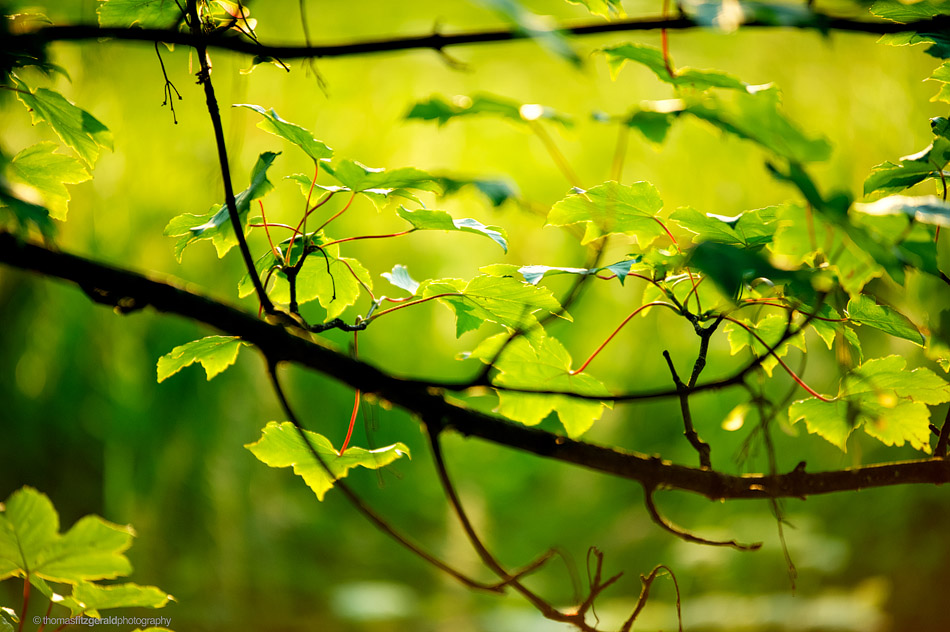
Lovely greens!
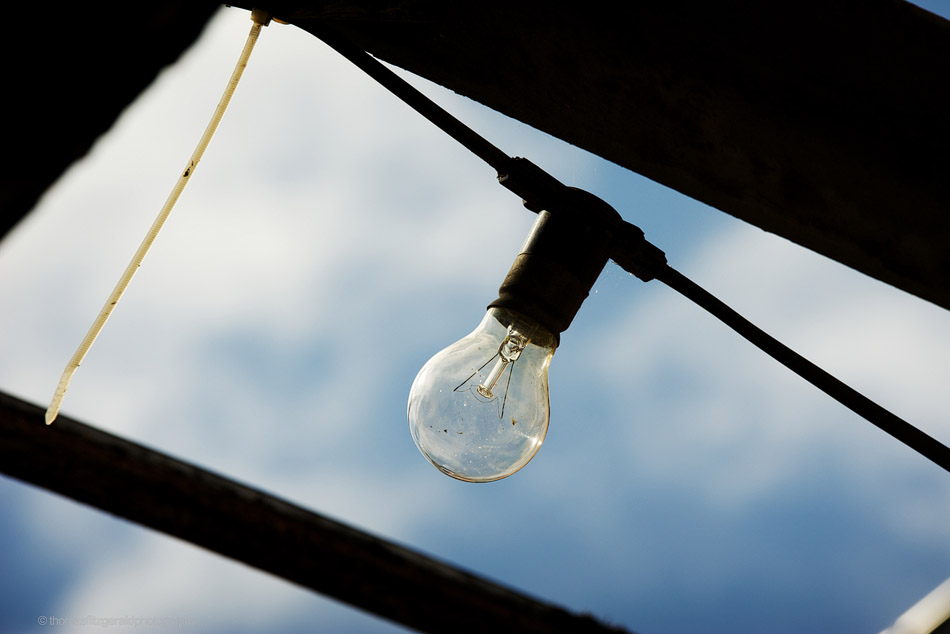
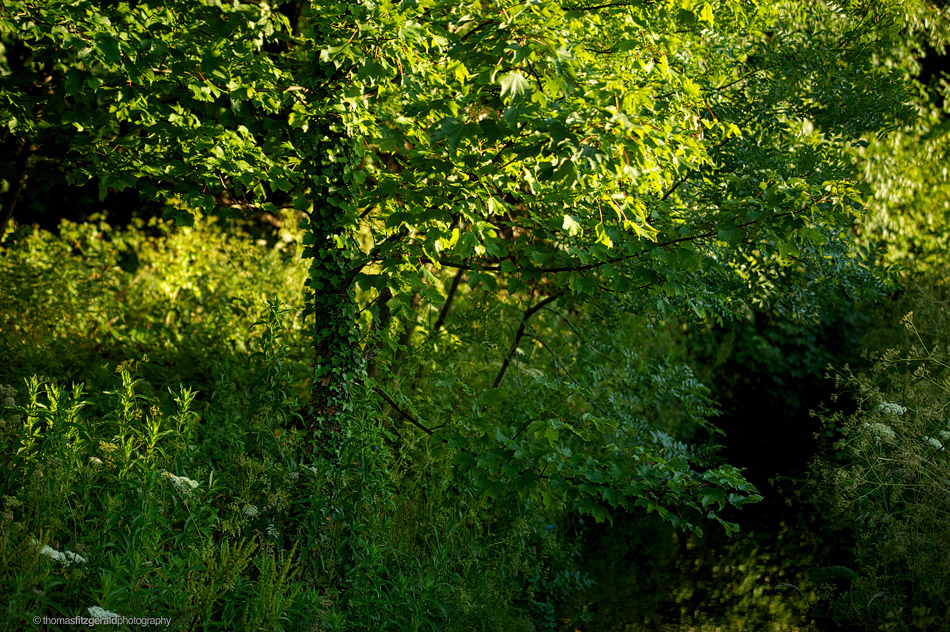
Again with the greens!
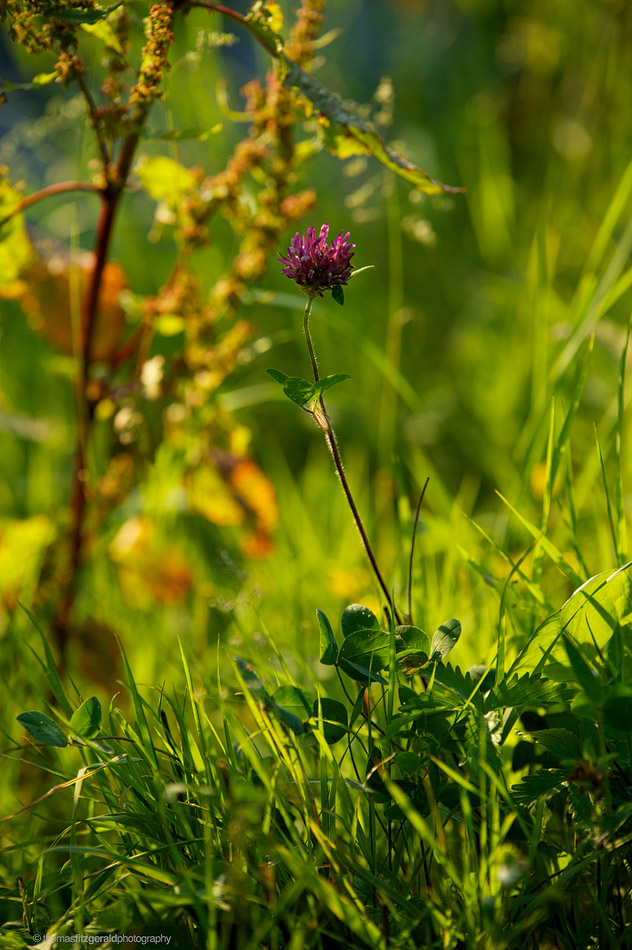
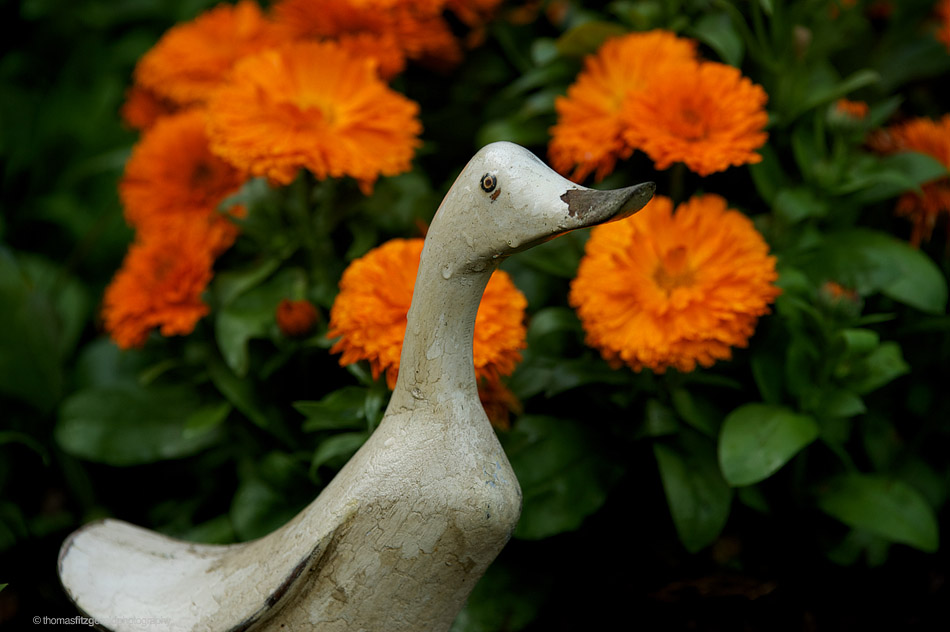
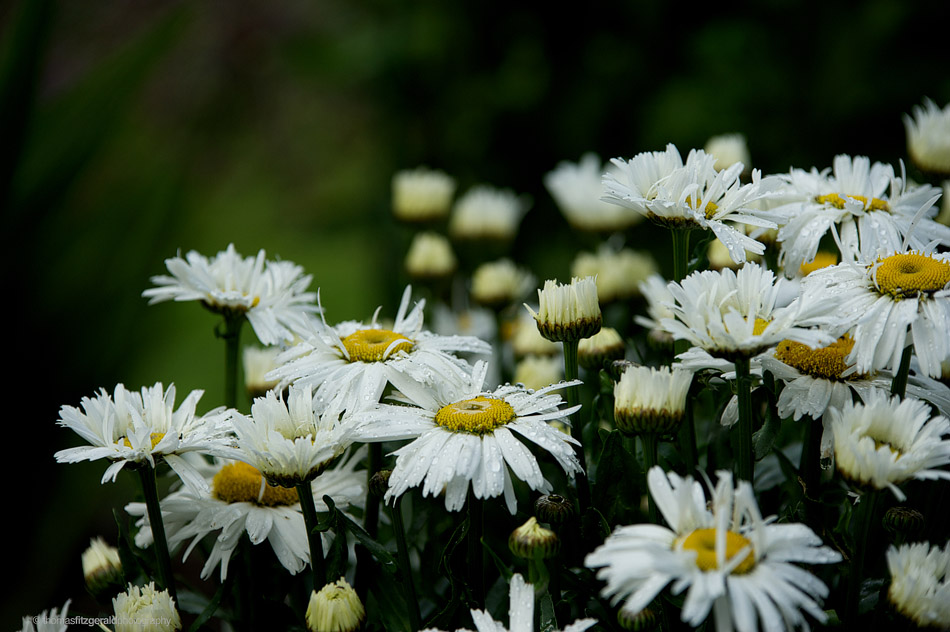
Flare can be a bit of an issue if you're using it without the lens hood, so you need to watch for glancing light sources. (or just use the lens hood). Overall though, you would be hard pressed to fault the optics in terms of contrast and saturation. There doesn't appear to be any noticeable colour shifting or tinting either which you can sometimes find with cheaper lenses.
Distortion is virtually non-existent. I haven't noticed much vignetting either, but then I tend to add vignettes to my images anyway, so I'm not perhaps the best judge of that one. Still, I've shot images where there's flat detail and there doesn't appear to be dramatic fall off (see the buildings shot above). There is also little or no chromatic aberration. I haven't noticed any of significance on most of my images. There is some colour fringing between f/2.8 and f/4 but this is mostly gone at f/4. There's also some slight blooming. If you have a 50mm f/1.8 it's the same kind of blooming you get when shooting wide open with that lens.
If you've noticed a recurring theme here it's that this lens has some issues between f/2.8 and f/4. So is the lens unusable at 2.8 I hear you ask? Well, no, not entirely. I've shot some stuff at 2.8 and it is entirely useable (see the example above). It depends on what you're shooting and how important that critical sharpness is. But without a doubt though it really becomes a different beast at f/4.

This realisation got me thinking. For years Nikon users have cried out for a 70-200 f/4 to compete with Canon's well regarded optic. In many ways this could be a good option for this non existent lens. It costs about the same as the Canon (B&H currently list the 70-200 f/4 at $1281 - so it's near enough) and if you keep the aperture at f/4 or narrower then this is, in my opinion, absolutely a pro quality optic and easily matches the Canon. Again, as I said earlier, remember the price.
You could argue that "why should I pay for a 2.8 lens that only really fulfils its promise at f4"? Most lenses improve when stepped down and most reach their optimum after a stop or two so isn't like it is heresy, and again, look the price. The reason you pay another grand for the Nikon is to get that perfect sharpness at 2.8. And if you think they should have locked it at f/4, then consider that an advantage of this over a lens with a maximum aperture of f/4 is that even if you always stop down you still look through the viewfinder at 2.8 and that little extra light can make framing a little easier in dull conditions and low light. And, not to repeat myself, but at f/4 this really is a good lens. I'm not trying to make excuses for it, I'm just pointing out that you get what you pay for, and at this price, it's pretty good.
The bottom line is that If you absolutely need sharp images at 2.8 en this lens is not for you, but if you can live with stepping down, then this is an absolute bargain.
If you have any questions or if you think there's an area I haven't covered please let me know in the comments below.



